Succesful Case: Train Bogie Instrumentation
Introduction
With over 31,000 kilometers of network across the country, the railway mode connects major mining and steel centers as well as interconnects industrial and agricultural hubs to the main Brazilian ports. Due to the significant carrying capacity of locomotives, railways stand out in loading large volumes of products and raw materials, which contributes to reducing transportation and subsequent costs to companies and consumer prices.
Therefore, the continuous increase in the use of railways generates wear and tear on assets due to usage, which can compromise the conservation of their structures and the safety of operations. For example, fatigue occurrence in rails and components may result from an increase in load per axle and/or changes in locomotive and wagon compositions’ speed.
In this sense, the adoption of instrumentation techniques allows the monitoring of the dynamic effects on wagons, locomotives, and permanent tracks. This enables the data acquisition, in order to making more assertive decisions. Furthermore, it ensures proper operation and mitigates costs with corrective maintenance – as seen in the examples presented in the articles “Railway Measurement Systems” and “Successful Case: Railway Instrumentation.”.
In this context, one of our clients requested an analysis of the conditions of a railway bogie of a gondola-type wagon, to evaluate the increased ore load in the wagon. A study of the acting forces on the bogie through strain gauges was required, as well as the monitoring the suspension spring travel and bearing temperature.
As an example, the study made it possible to estimate the useful life of the bogie, given the wagon’s operational conditions, through fatigue analysis. The information and conclusions of the service performed by Kot allow the client to conduct a comparative and quantitative study of the costs involved in their logistics process, such as preventive maintenance, freight pricing, among other operational costs.
Field instrumentation
Initially, the bogie instrumentation was carried out – composed of two side frames (Figure 1) and a cross member (Figure 2) – for continuous acquisition of the requested data, under real working conditions, during three wagon travel cycles. Thirteen strain gauges, one GPS, two thermocouples, and two load cells were installed.
The aforementioned sensors were strategically implemented to respectively evaluate and monitor the stresses acting on the components, the wagon’s geolocation, bearing temperatures, and the displacement of the suspension system. All sensors were connected to an onboard data acquisition system, and the real-time data was recorded for subsequent processing and correlation with the loading, transit, and unloading stages of the wagon. Figures 1 and 2 indicate the bogie frame and central bolster 3D models.
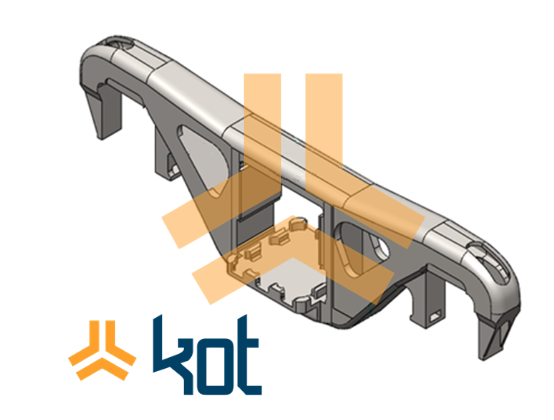
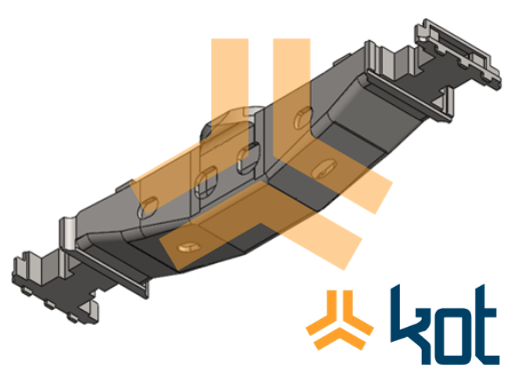
Elaboration and calibration of the computational model
Then, a finite element model (FEM) of the bogie was developed in CAE (Computer Aided Engineering) software, based on a dimensional survey carried out in the field (as built), reproducing the geometry of the asset in detail. The computational model generated can be seen in Figure 3 below.
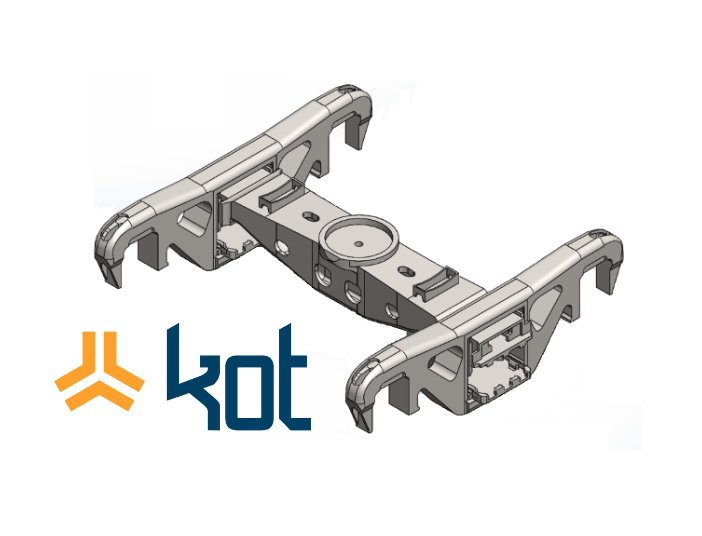
To validate the model, the components were individually analyzed based on the strains collected by the strain gauges during the loading of the wagon. Figures 4 and 5 show the deformation results obtained during calibration.
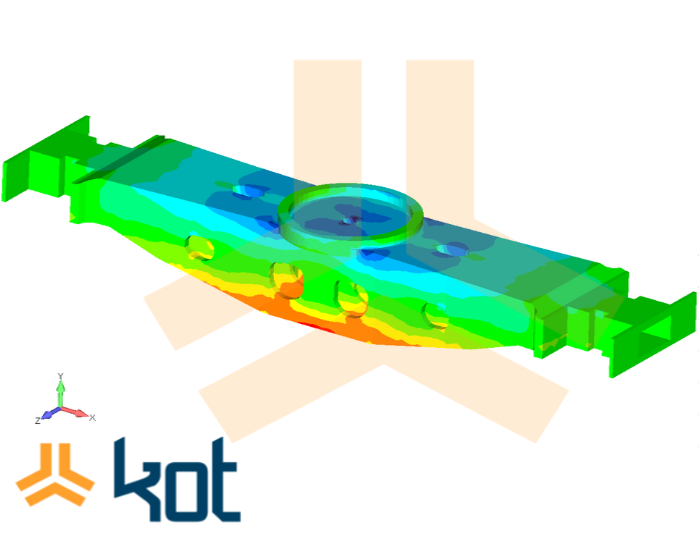
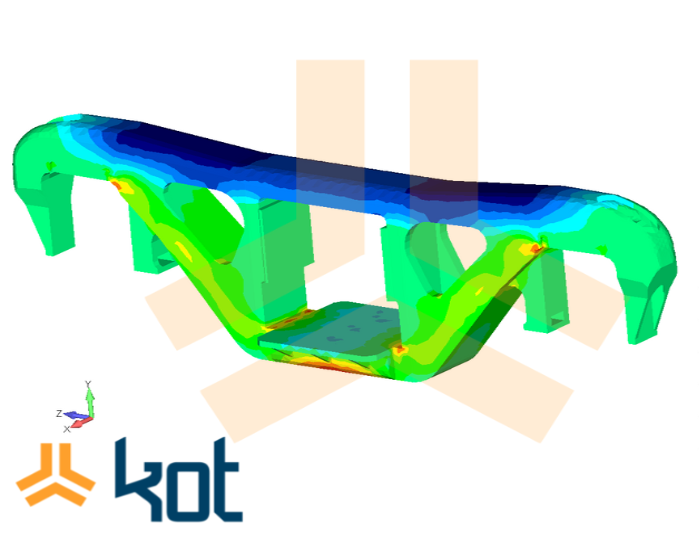
With the calibrated model, a structural verification was performed to evaluate the acting forces at the sensor installation points under three different loading conditions. Based on the results, the stress on the wheel set support was evaluated and the respective Von Mises equivalent stresses were determined.
Wagon operating cycle analysis
As a second stage, a static structural analysis was performed based on data obtained from strain gauges fixed on the top and inside face of the bogie during the operational cycle of the wagon. The first sensor was used to identify the bending due to the vertical load of the wagon, and the second for bending due to lateral load. The deformations recorded by these sensors are presented in graphs 1 and 2.
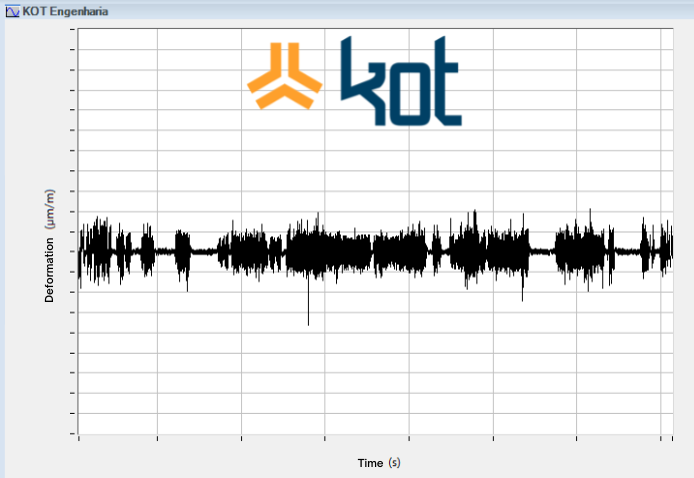
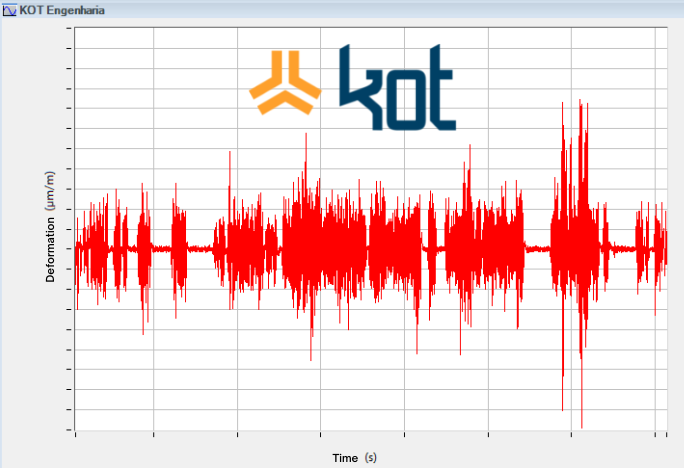
With that in mind, the peak values were used to quantify the applied forces and, consequently, to determine the stresses in the concentration regions. Figure 6 illustrates the result of this analysis, with emphasis on the supports of the wheel sets in the computational model.
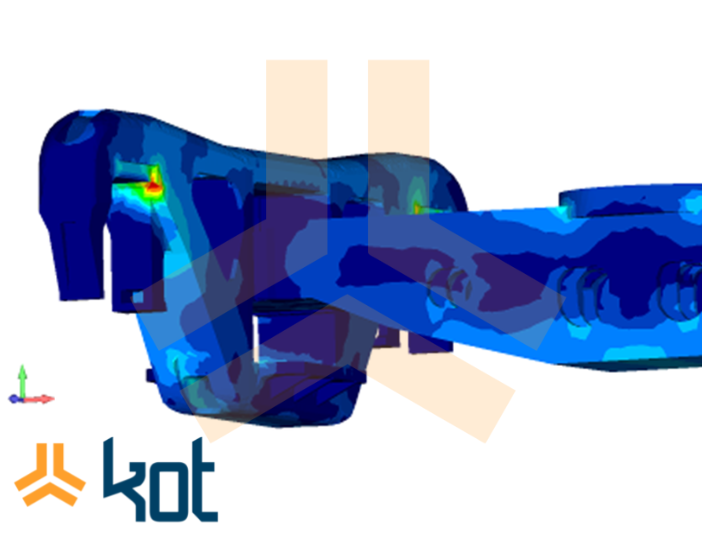
It was concluded that lateral load variations on the bogie (graph 2) have a greater amplitude than vertical load variations (graph 1), which increases stress in the solicited regions and decreases the component’s lifespan due to fatigue.
Bearing temperature analysis
The on-board system recorded only changes in ambient temperature over the three trip cycles. As for bearing temperatures monitored by thermocouples, no significant variations were detected, which remained within the bearings’ operating temperature range.
Analysis of the suspension springs’ travel
Regarding the evaluation of dynamic displacement, data on the suspension spring travel was monitored by load cells. Some values recorded during the trip with the ore-loaded wagon can be visualized in the following graph 3.
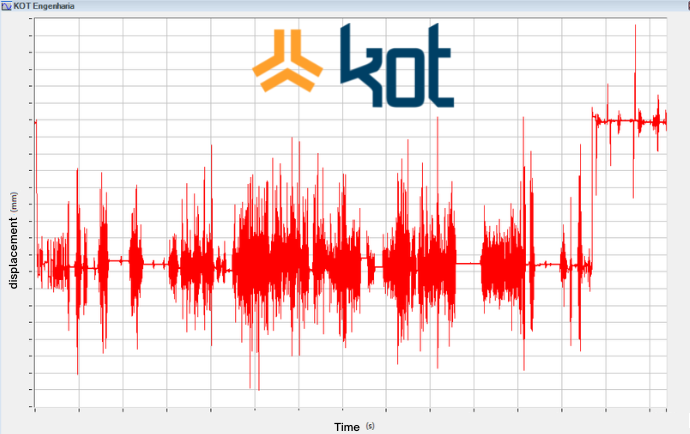
During the dynamic analysis, it was found that the loading in question results in a displacement of the suspended mass. Overall, spring compressions were observed in the sections where the wagon was loaded, and no extensions were identified in the unloaded sections due to load relief. The frequency of suspension oscillations is illustrated in graph 4, with 2 Hz being the main frequency during the three monitored cycles.
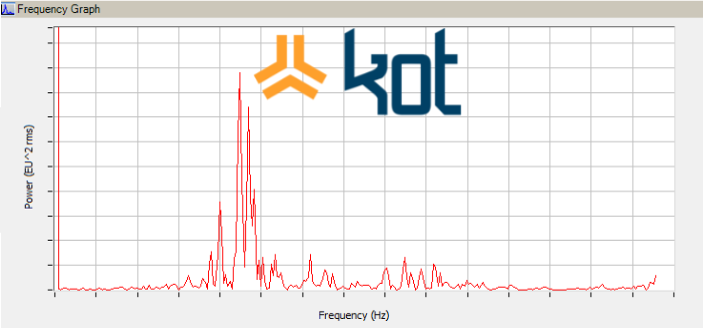
Fatigue Analysis
As for the bogie fatigue analysis, a useful life of 61 years was estimated for a load of 132.9 tons of ore. For loads of 133.7 and 134.9 tons, reductions of 28% and 44% in the useful life of the component were observed, respectively, when compared to 61 years. The peaks with the greatest influence on the lifespan of the bogie are highlighted in Graph 5.
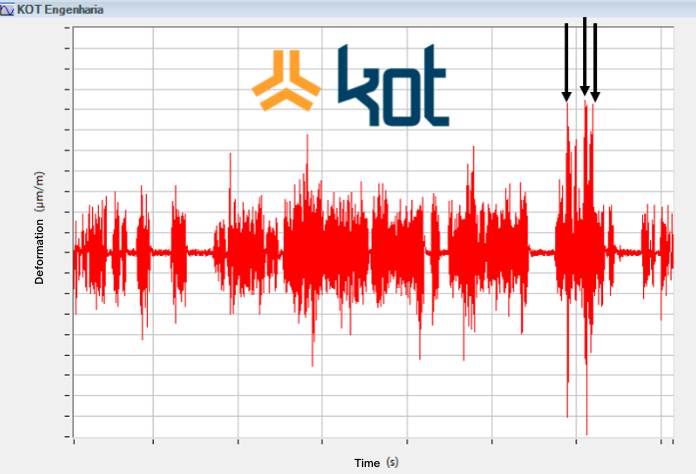
By excluding the critical peaks from the analysis, the lifespan was recalculated as 69, 55, and 42 years for loads of 132.9, 133.7, and 134.9 tons of ore, respectively.
Conclusion
It is known that wear of components and structures of wagons is inherent in railway transportation operations, a modality that is growing increasingly in the national scenario. According to the ANTF (Associação Nacional dos Transportadores Ferroviários / National Association of Railway Transporters), in 2021, the cargo railway sector presented an evolution of 506.8 million net tons (NT), 3.6% compared to 2020.
In this context, instrumentation aims to monitor and detect the regions of the railway where the greatest damage to compositions occurs, compromising the safety and logistics of cargo transportation.
Therefore, the service performed by Kot stands out, in which monitoring and evaluation of dynamic effects on wagon components were carried out, from which it was possible to offer greater reliability regarding decision-making, based on data, by the client, aiming at a reduction of future costs.
In view of the above, the excessive variations in compression and load relief of the suspension travel, as well as the influence of ore loading on the lifespan of the bogie, were the focal points of this study. Regarding the variations recorded in several sections of the railway, the most accentuated ones occurred in curves and in the areas of the old permanent way yards.
Furthermore, the main causes for the reduction of the component’s lifespan are the lateral loads imposed on the bogie during the trips. Once identified, the main causes and the data collected in the sections become fundamental inputs for the client to develop studies on ideal loads and speeds for transportation, which will be adopted to mitigate premature wear and derailment risks through strategic and punctual interventions.
Among other gains, the study of the useful life of wagon components, as well as the permanent way, allowed the client to predict expenses related to replacements and interventions, resulting in a more accurate forecast of logistics costs.
It is therefore evident that instrumentation techniques are extremely relevant for the management and maintenance of the integrity of railway assets. In this sense, Kot has a team of qualified professionals to develop the best engineering solutions for the intrinsic challenges of day-to-day railway operations. Please contact our team for more information!
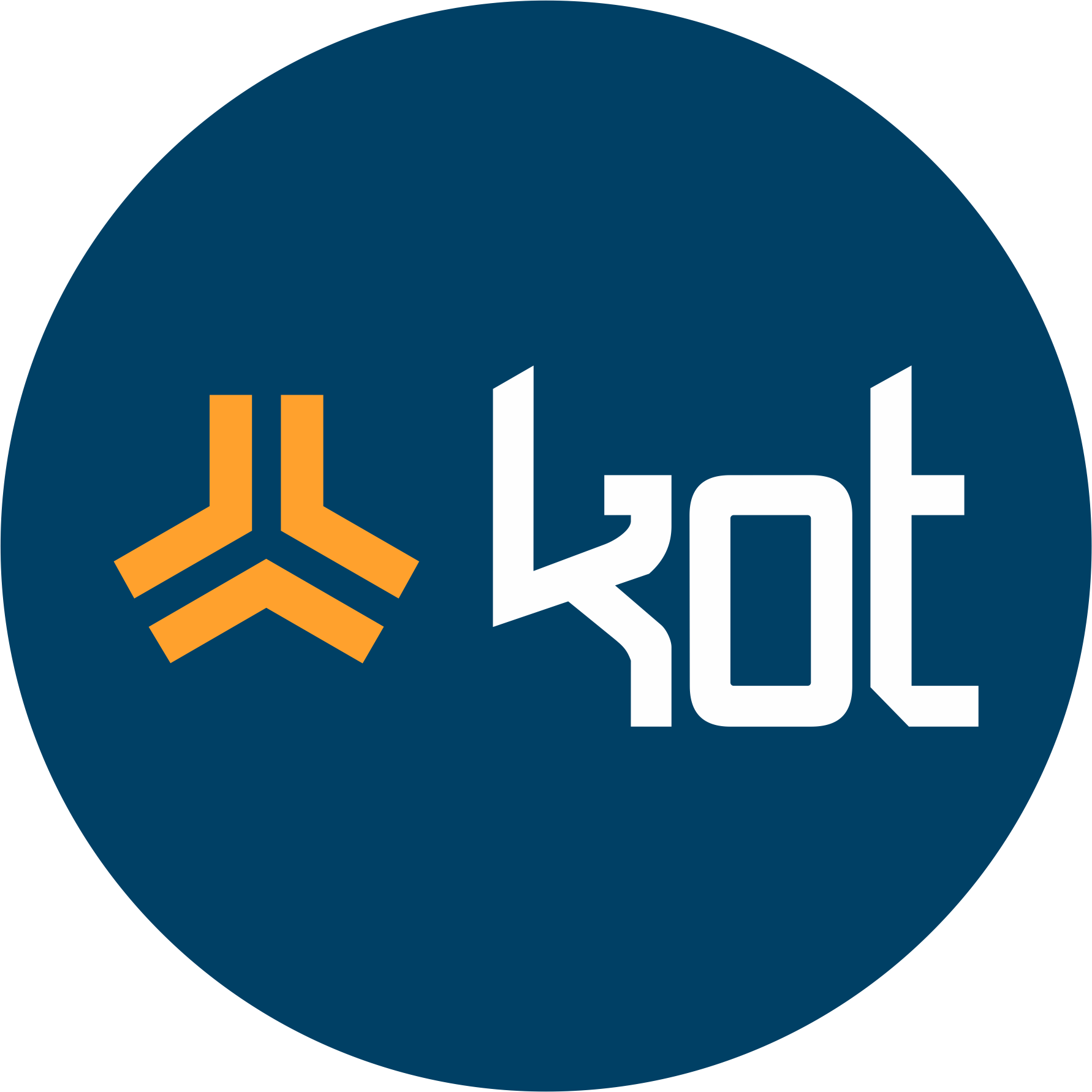
KOT Engenharia’s Team
With over 29 years of history and various services provided with excellence in the international market, the company promotes the integrity of its clients’ assets and collaborates in solutions to engineering challenges. For this integrity, it uses tools for calculation, inspection, instrumentation and monitoring of structures and equipment.

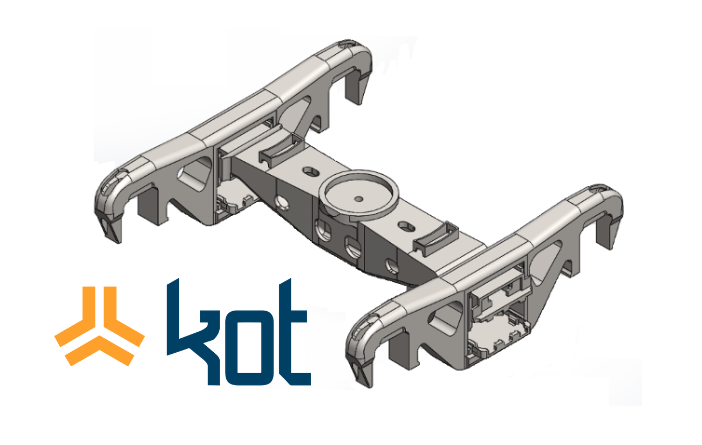
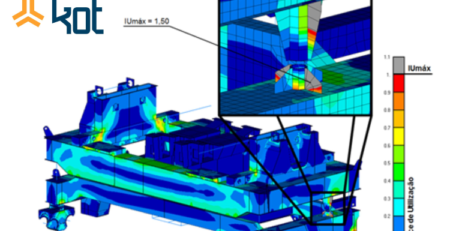
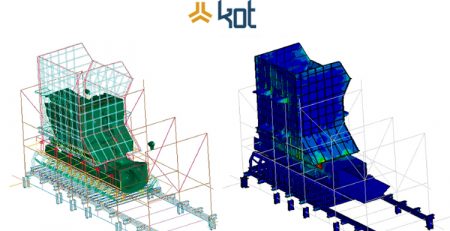
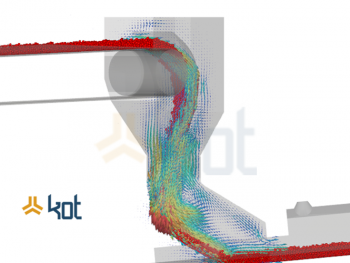
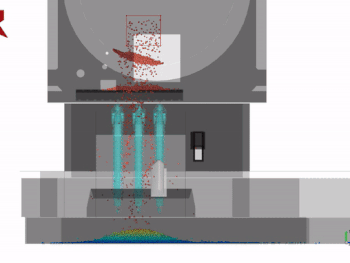
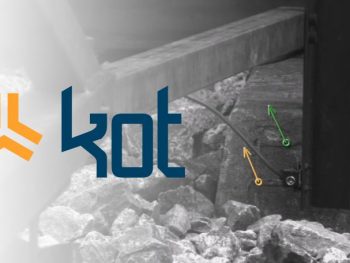
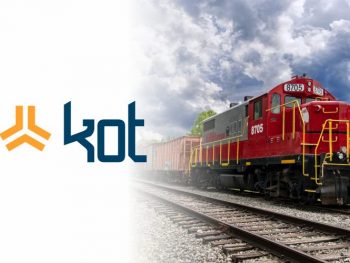

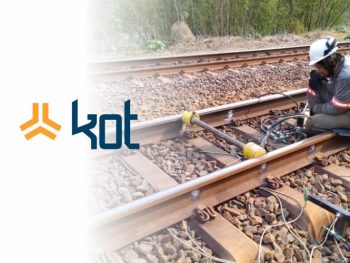

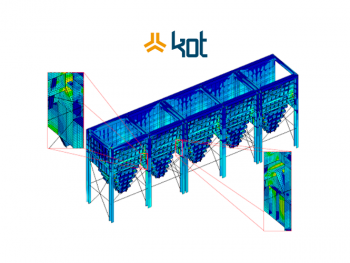
Leave a Reply